Intriguing facts about honey bees
Honey, Honey, Honey! How many times do you say those words in a day? It is the sweetest ways you express you love for a dear one. Obviously, honey a natural product, made by the hard work of bee, is the sweetest and healthiest herbal ingredient one could imagine. Not only that! Honey bees, scientifically also known as Apis mellifera, are natural pollinators. Let now have a look at some of the intriguing facts about honey bees.
1.What is honey?
Honey is the sweet product made by bees with nectar gathered from flowers. Besides the Apis bee, honey is produced by stingless bees, bumblebees, and other insects such as wasps. But, honey from Apis is the most widely used. Honey is as sweet as sugar, a sticky, thick and golden fluid. The chemicals are monosaccharide consisting of fructose and glucose. Honey is the combined work of three working classes of bees– the queen bee, the working bee, and the drone bee.
a. Role of the Queen bee
The “queen bee” converts into a queen when the larvae selected from worker bees and pampered and especially cared to become mature sexually and authoritatively. There is only one queen bee per hive (house of bees) which mates with a number of male bees called drones. She produces 2000 eggs each day. Throughout the lifespan of 3-5 years, the reserved sperm allows her to lay millions of eggs. The fertilized eggs turn into female bees recognized as “worker bees”. The eggs that are unfertilized turn into males or “drone bees”. When virgin queen bees are born, they are eliminated by the queen bee so only one queen bee remains in a colony.
The queen bee acts as the mother the heart and the head of the colony. The queen is cared well, fed and followed by attendants. Her role is to move from cell to cell and lay eggs.
b. Role of the Worker bee
The worker bee is a female and the most in number in a hive of a honey bee family. She has a smaller stomach than the mother bee but contains a backpack for holding honey. From day 1 to day 12, the worker bees prepare the hives for honey making. The first week she cleans the cells for storing nectar, removes the dead bees from the hive. They feed the larvae, checking each larva at least 1300 times a day. Worker bees also attend to the queen bee.
Beginning from 12 to 18 days, the workers take nectar from the bees that collect from the flowers and deposit in the cells. They also take the pollen and deposit in the cells. The workers also communicate among them to keep the humidity and temperature under control.
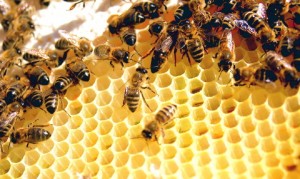
House worker bees playing their role as honey bees
From the 18 days onward or even earlier the workers are mature and start producing beeswax. Beeswax (Cera alba) produced by wax making glands of the worker bees. Workers discard the wax and hive workers collect and build the hives to the comfort of the pupae and stability of the hive. The worker bees also guard the hive and only family members are allowed, amazingly understood by bees guarding the hives.
The worker bee then ventures out from flower to flower to collect nectar. They first circle around the hive and eventually widen the circle. The honey bees usually move to a distance of 4 to 5 kilometers to get nectar. The bees have the ability to visit 10 flowers every minute and visits 10 million flowers to produce 1 pint of honey. Before returning and until her backpack sack is filled she probably visits 600 flowers.
c. Role of the drone bee
The drone bees are the males remaining in the hive to fertilize the ‘future’ queen bee. Drone bees lack stings and do not take part in pollen gathering or nectar collection. There are 300 to 3000 drones in a hive. The drones die after mating.
2. What is a honey bee colony?
The homes or hives that the honey bees make and live in is the honey bee colony. Each honey bee colony has a single queen bee, hundreds of drones and 20,000 to 80,000 worker bees. The colony also contains eggs, larvae, and pupae at developing stages.
3. Collection of nectar
Nectar of flowers is the source of food of the honey bees. Not all flowers, however, are the source of honey. It is 80% water with some compound sugars. With the stings, honey bees suck the nectar when the flowers blossom. Honey bees have two stomachs, one regular and for collecting the nectar. The nectar containing 80% water is stored in the backpack stomach of the honey bee. The capacity of the stomach is 70mg. The bees have to visit 100 to 1500 flowers to fill the stomach pack.
4. How is honey made?
The honey bees transfer the nectar on to the other house bees. The “house bees” suck and chew the nectar for 30 minutes. During the process, the complex natural sugars of the nectar are broken by enzymes into simple sugars. The sugar syrup is spread out in the hives. This then evaporates through “fanning”- a special technique of bees to make it into syrups. The combs are then sealed with wax until it is eaten. Unless the honey is collected or attacked by other animals, this is the food of the honey bees of the colony.
5. How much honey is made per hive?
The volume of honey produced per hive depends on a number of factors of the environment. Some of them are weather conditions such as temperature, humidity, rainfall. The occurrence of pests and diseases also affects honey making. The availability of specific species of plants for nectar also is important for honey bees to make honey. The amount of honey produced also depends on the size of the hive. Estimates show a range of 2 to 30 kg per hive can be derived from a honeycomb
6. Honey bees and the environment
Honey bees are friends of the environment and human being. Human beings cannot make anything like honey. Honey bees during the process of collecting nectar visit flower to flower and aids fertilization. In dioecious species of plants where the male and female reproductive organs are separate, pollination by honey bees is absolutely essential for crop production. Besides the environmental and crop production roles honey from honey bees has innumerable health and medicinal benefits. More next time on the benefits of honey bees on the health and environment!

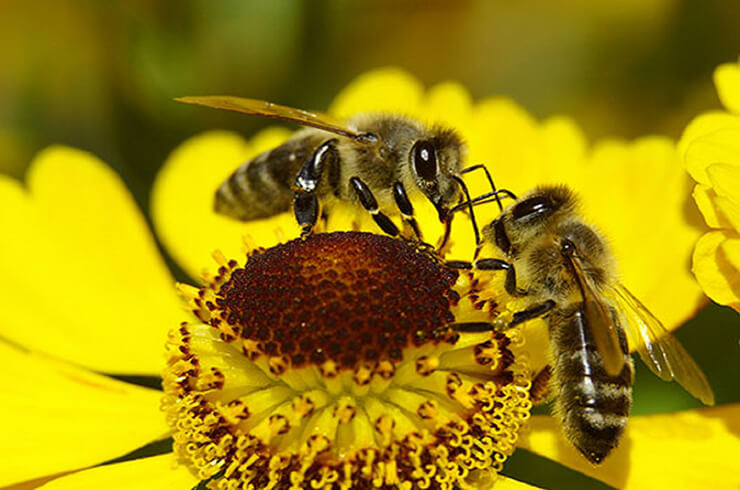
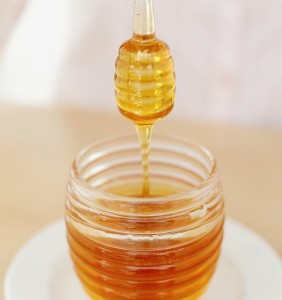
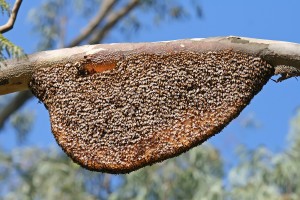
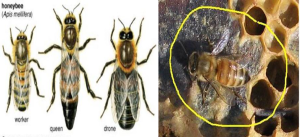
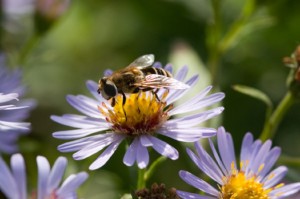
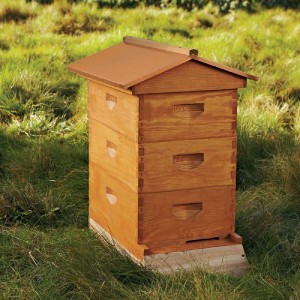
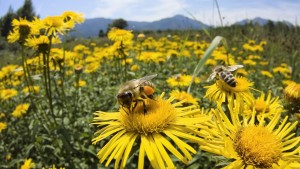

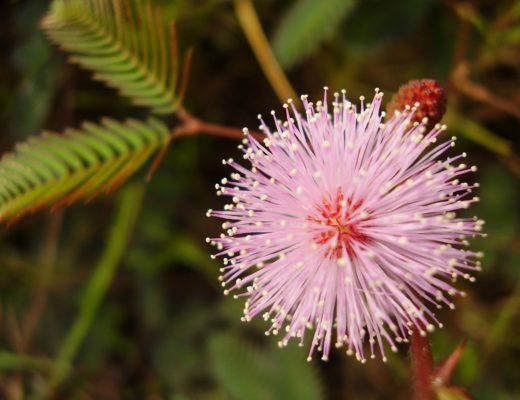

No Comments